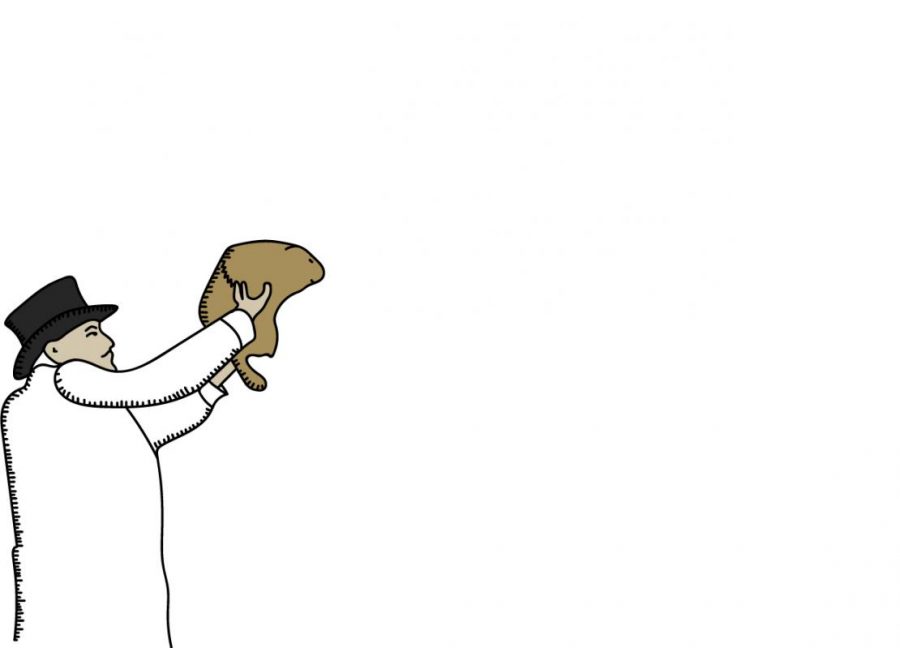Punxsutawney Phil Predicts
the history behind Groundhog Day
The United States watched as Punxsutawney Phil was placed atop his stump; pondering if winter would stick around for a while or if an early spring would sweep in. They sat there in silence as the celebrity groundhog predicted the future. To the disdain of many, he was able to see his shadow, predicting another 6 weeks of winter.
While the validity of the groundhog’s claims are questionable at best, people from all over the nation travel to Pennsylvania in order for the near future to be unveiled. However, due to the global pandemic, Phil’s audience was small as it consisted of the club members and camera crew. Throughout the past, Groundhog’s Day has seen a variety of changes. It first began as a Celtic, Pagan holiday called Imbolc. With February 2nd falling directly between the Winter solstice and spring equinox, it was a significant day for several ancient traditions. After Christianity began to spread rapidly throughout Europe, Imbolc evolved into Candlemas. This holiday was a feast commemorating Jesus in Jerusalem and they believed that a sunny Candlemas would bring 40 more days of winter.
Germans then adapted the legend to say that if small animals see their shadows, they would then announce the day as sunny and father winter would stick around. During the 18th and 19th centuries, the Germans immigrated to Pennsylvania; bringing the tradition with them. They chose the native animal, the groundhog, as the animal of choice.
The first official Groundhog Day took place on February 2nd, 1887 after Clymer Freas, a newspaper editor, sold the idea to a group known as the Punxsutawney Groundhog Club. Ever since then, the annual tradition is still going strong despite the large precautions put in place which were needed in order to ensure the safety of all parties. The seemingly immortal groundhog of 135 years old shows no signs of stopping, allowing for years more of celebration.

Harrison Melton is a senior staff writer on the Tiger Print. Besides the publication, Harrison is a leader of Axis Dance Crew and enjoys performing...




